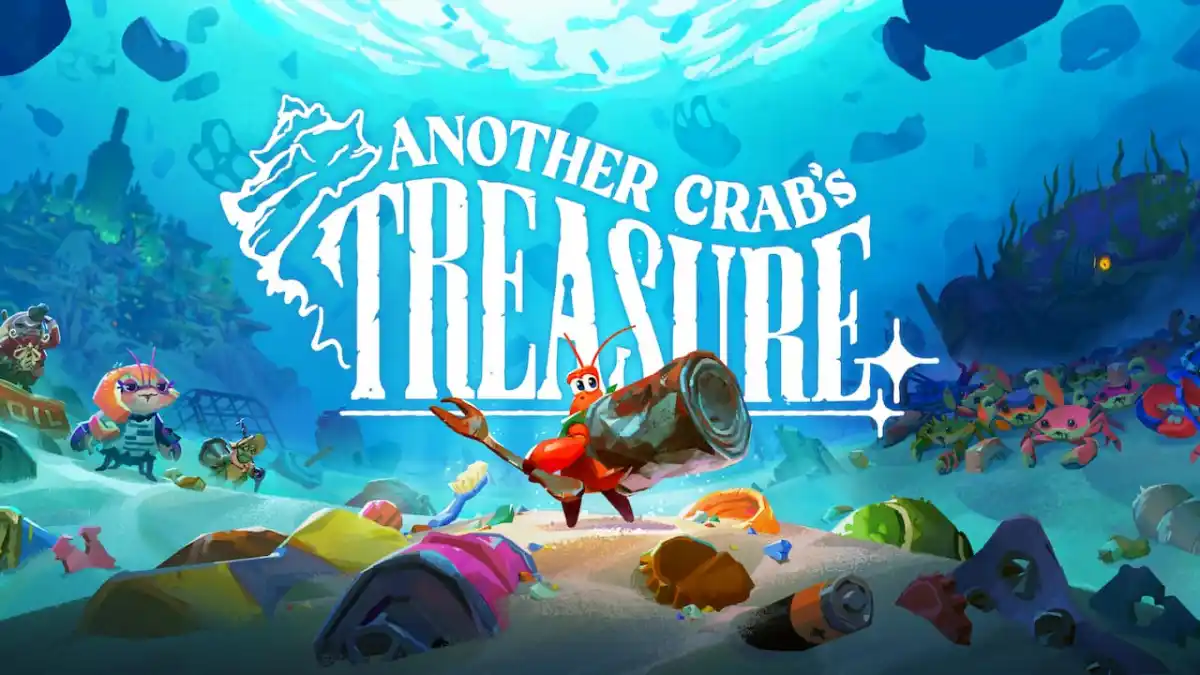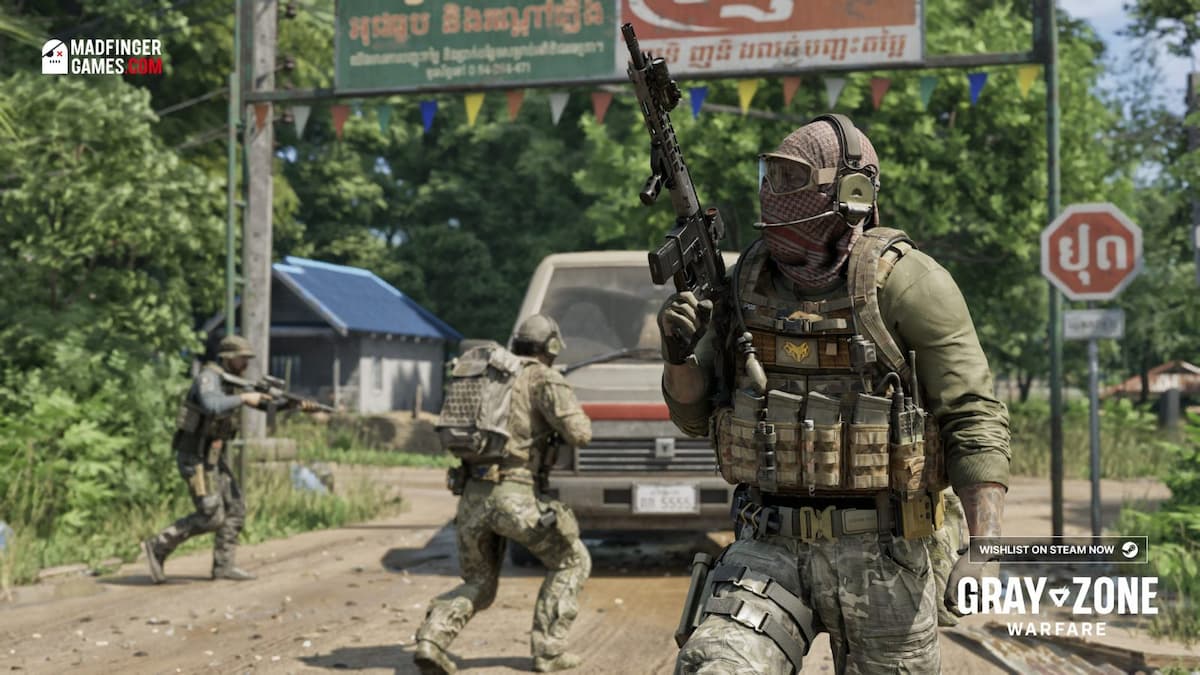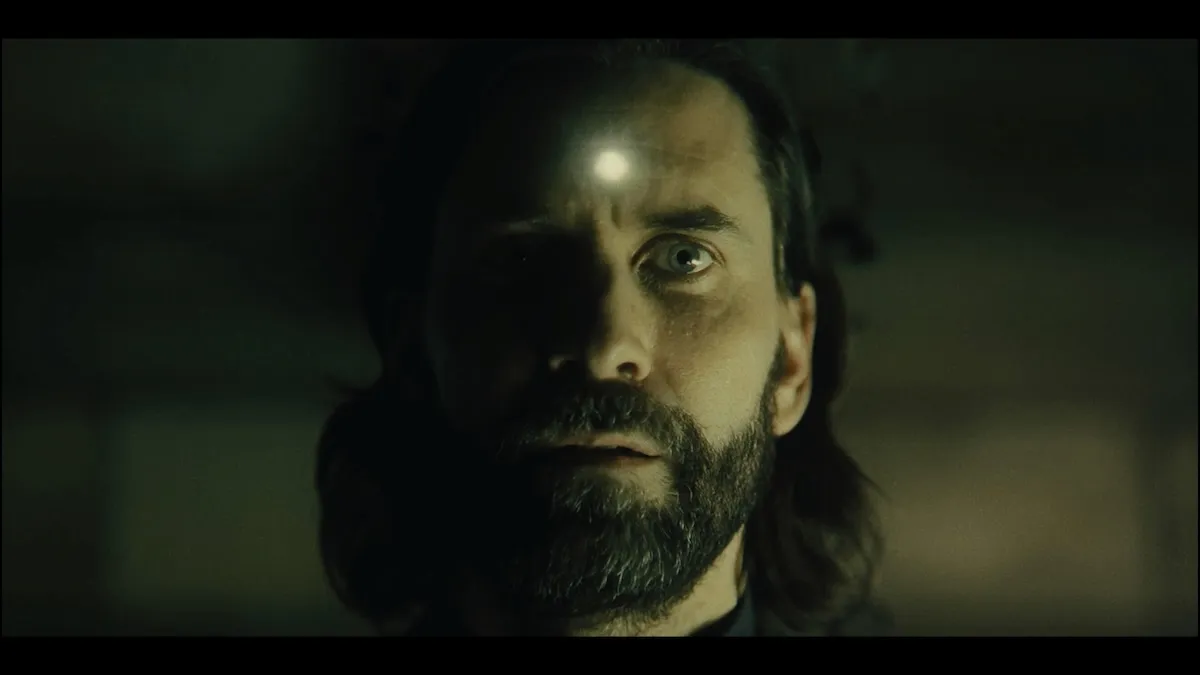When Koei announced Bladestorm: The Hundred Years’ War, many people wrote it off as merely another Dynasty Warriors game set in France. Of course, these people were likely unaware of Koei’s excellent past console strategy games. Bladestorm may place you into the midst of a medieval battlefield, but that’s where similarity ends with the cult button masher.
Bladestorm is, at heart, an RTS, but one quite unlike any others you could play this year. The question is, however, whether unique always means good, and it is this question that we shall answer after the jump. Come with me as we look at Bladestorm: The Hundred Years’ War.
Bladestorm: The Hundred Years’ War (PS3, 360 [Reviewed])
Developed by Omega Force
Published by Koei
Released on November 6th, 2007
The game is, shockingly, set during the Hundred Years’ War, a long period of conflict (1337 – 1453) between England and France as they vied for the French crown. Of course, as is typical of Koei’s style, artistic license is used with reckless abandon and the history is going to be more embellished than EA’s Wikipedia edits. The story goes that both England and France drew upon the resources of mercenaries, fighters without loyalty who worked for coin, to turn the tide of battle. You are one such mercenary, out to claim fame and reward for your deeds in battle.
Indeed, rather than put you into the actual story, perse, you spend much of your time in the game as a silent observer. An epic story unfolds before you, with a range of characters based on historical heroes of the age, but you are not necessarily directly involved. It’s an interesting method of exposition. Ultimately, it’s not you or your character’s job to get involved with the politics. You can decide which side is right and wrong, but ultimately you go where the pay’s better. Certainly not something I was expecting, but it was welcome for its freshness.
Your job as a mercenary is simple. You go into battle, do your job, and get your pay. Gameplay is split between two areas — the tavern and the battlefield. The tavern is a hub of sorts, where you get to listen to a Frenchman lisp the word “mercenary” to comic effect, hear local gossip about gameplay, characters and upcoming battles, and get yourself kitted up with armor, weapons and troops. This is also where you accept contracts. Contracts are essentially missions, which will see you work for both the French and English armies during the course of the game. They are rated in terms of difficulty and you’ll get to see which jobs are worth more money. Once a contract is accepted, it is time to go into battle.

The battlefield is made up of a large number of bases that cover the landscape, each one controlled by either an English or a French force. Your contract is completed when you seize the targetted base, although you are encouraged to set your own goals as well, be they to defeat certain enemy officers, or capture more bases. Your actions on the field translate into points, and points add to your overall fame. Each contract becomes a competition of sorts, as you compete with your allies for points, although it’s not difficult to be the most successful officer and you’ll only rarely not see yourself as the number one ranking for any given mission.
As far as the actual fighting goes, this is where things get a little different. You directly control your personal avatar on the battlefield, but you are not expected to go alone. Instead, you join up with other units, taking command of a squad who will do your bidding. There is a wide variety of troop types to control, from simple swordsmen to mace wielders, archers and even more flamboyant soldiers as the game progresses. The squad will move with you, meaning that you will essentially be steering a whole squad of men that move as one.
When you come into contact with enemy troops, you can engage in combat by holding the shoulder button (RB on the Xbox 360 controller). This will allow you to close with the unit, and the prolonged button press will keep your unit attacking. To add some flavor, each squad has its own set of special moves depending on their type. Poleswords, for example, can raise their attack strength, perform a sweeping scythe attack or initiate a “legbreaker” that slows down enemy mobility. After activating a special move, it takes time for that ability to be active again, and a well-timed use of such a move can prove to be a valuable ace card. Once you eliminate the leader of the enemy unit, you can move onward, laughing with glee at all those trivial deaths.
While many would complain (and have done) about the holding down of a button to keep attacking, I fear such people would miss the point entirely — this is an RTS game and the focus is more on thinking than fighting. Bladestorm does in fact involve far more interactivity on the battlefield than other strategy games where you essentially point and click. Different units have different strengths and weaknesses, and it’s up to you to choose the right troop type for the job. If you see a squad of mounted swordsmen coming, for example, you’ll need to abandon your fencers and join up with those nearby heavy clubs to take them down with far less risk, for example.

Ultimately, I think the developers did a fine job with Bladestorm‘s core gameplay. It’s different and is a perfect way of optimizing a strategy game for the console platforms. As you play through the game, you learn the best uses for the myriad squads available, uncover special books that let you to command a greater variety of soldiers, and level up your abilities to allow for a greater number of men to command and a stronger squad. There is a greater depth masked by the streamlined gameplay, an advanced rock/paper/scissors game that requires you to work out a battle plan before each mission.
However, the game is far from perfect, in fact flawed in several large areas. Firstly, the way you capture a base is horrible. In order to take control of a base, you must first get the base commander to show himself, that you might slay him. Simple enough, you might think — but not always. There are two ways to get the commander to show up. The first and most simple way is to fight with an allied unit. Should a unit not controlled by yourself enter a base, the commander appears. Another way is to reduce the base’s defense points to zero by defeating the base’s own units (identified by a shield above their heads).
Many times, both these methods are simple enough, but sometimes they fail hard, and it leads to endless frustration. If you’re out on your own, with no allies in sight, your only clear option is the reduction of base points — except sometimes there aren’t enough base troops. What this means is that you can slaughter everybody in the vicinity without reducing the base points to zero. Also, your allies are a bunch of complete idiots who sometimes decide not to attack the base that the map says your allies are going to attack. There is even one base I kept trying to beat where the allied forces would stand outside it and refuse to come in!
The best way to play is to stick with the main army, and attack bases as they do, eventually forging a path to your goal. It’s just a shame that both sides are clearly commanded by total and utter prats who don’t know what they’re doing. They will regularly send out troops to attack bases crawling with the types of squads that they are weak against. Luckily you can buy up to three of your own squads to summon in battle for occasions when you need the right tools, but it’s very annoying. Also, allies move very slowly and sometimes don’t bother moving at all.
The lengthy process of taking over a base coupled with the slow ally movement works together with another bone of contention — a ridiculous time limit. You only get about ten minutes of playtime, known as a day, before nightfall comes and everybody stops fighting, presumabley calmly walking away from each other like nothing happened so they can have a nice cup of tea. You do get several days for each contract, but these ten minute spurts really break the flow of the game. What’s worse is that a countdown appears during the final minute, and many times (many, many times) you know that you’re over a minute away from the next battle. What does that mean? It means you might as well sit there, doing nothing, for a whole minute. That’s not good at all.

These annoyances are frequent, but are contrasted by what Bladestorm does right. When everything’s going well and bases are falling at your feet, the game’s a blast, and as you level up your squads, command more men and have access to all sorts of unique troops, there is a lot of fun to be had. The game also has a great, if limited, musical score that captures the epic quality of the battles. I must admit that even some of the voice acting is quite good.
Graphically, you should know the story with Koei. Prettiness is sacrificed for scale, and while things look dark and simplistic, there is a lot going on. I did encounter a few moments of slowdown, but they soon disappear once a few soldiers have been killed off. I just wish the map was designed a lot better, as it’s quite difficult to make out sometimes, and it took me a while to understand it.
Truly, Bladestorm requires a lot of patience and will sometimes antagonize you, but it’s very much worth it. It’s a lengthy slog — I’m still fighting through it right now — and will chew up a fair few hours, provided you’re the type of person who can get into it. It would be foolish of me to recommend this to everybody, as some people are just going to hate it. However, as one of the few fresh things on the menu, I would implore anybody with determination, an interest in strategy, and a desire for something new to check it out. It’s got a fair few flaws, some of which can be draining, but it’s a fine game indeed, one of Koei’s best efforts to date.
I recommend a buy … but ONLY for a certain, select type of gamer.
Score: 7.5





